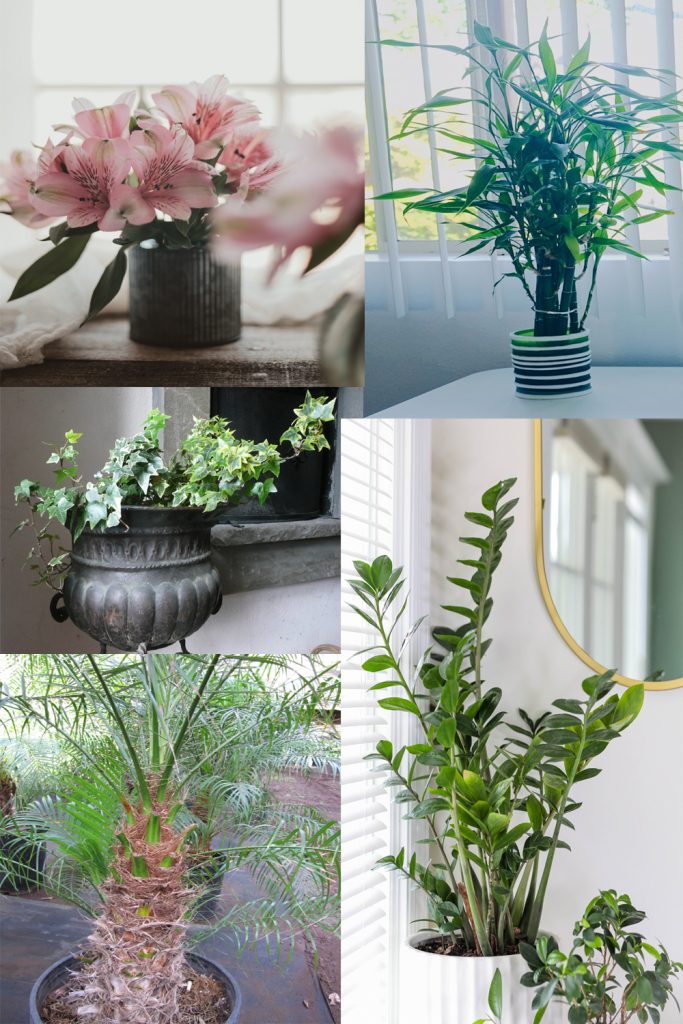Having greenery at indoor which gives relaxation and keep air clean and healthy. Although do you know about the houseplants that reduce dust and particulate matter? Let’s find them below!
Can houseplant reduce dust?
Houseplants can capture the dust with extensive surface area provided by large and shiny foliage. Indoor plants can attract these dust particles through a process called as unambiguous process and release fresh and clean air.
What is particulate matter?
Particulate matter refers to a combination of solid dust particles and liquid droplets present in the air. Few of the particles are smoke, dirt, dust and soot which are seen by our naked eyes. Prolonged exposure can results in breathing and lung problems are held.
Houseplant can reduce dust and particulate matter
1. Pygmy Date Palm
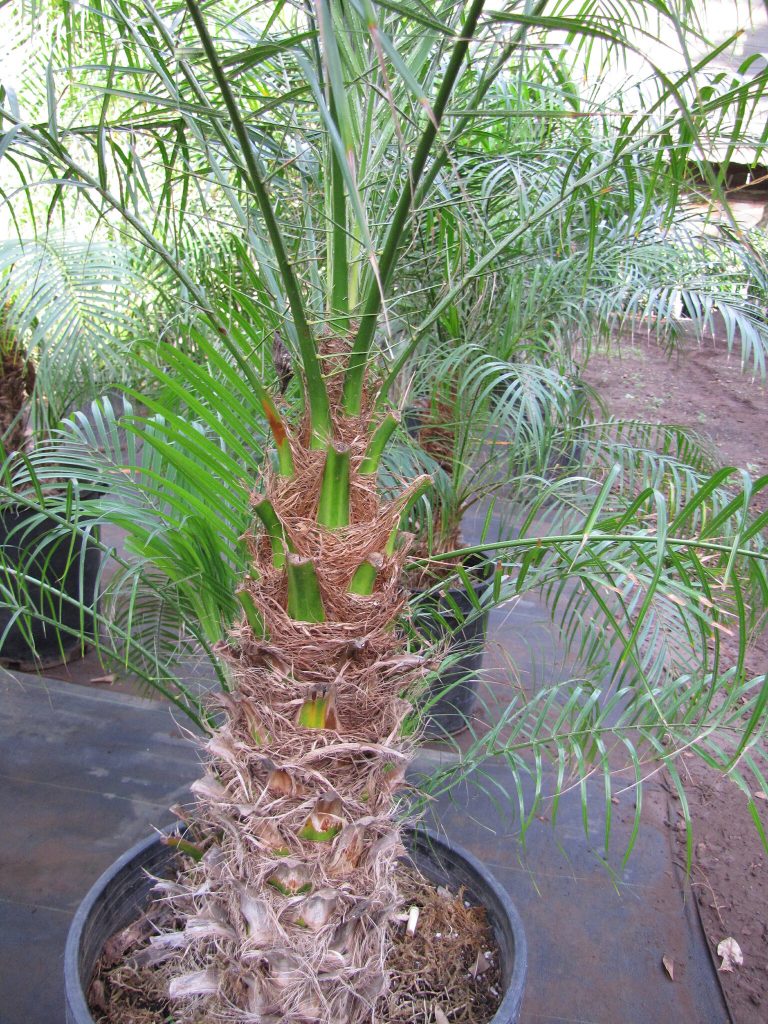
Pygmy date palm is very effective while absorbing formaldehyde, toluene, xylene, and styrene, which results in sick house syndrome. The purification capability depends upon temperature and can be changes with light intensity. If the room temperature and humidity both are higher side then it becomes more effective. This palm is quite vigorous which provides a healing effect and purifying indoor air.
Also Read: 10 Houseplants That Will Thrive in Your Kitchen
2. Rubber Plant
The rubber plant absorbs the indoor air pollutant efficiently with the help of large waxy foliage. According to NASA, few plants clear the pollutants from the air in that rubber plant is also included.
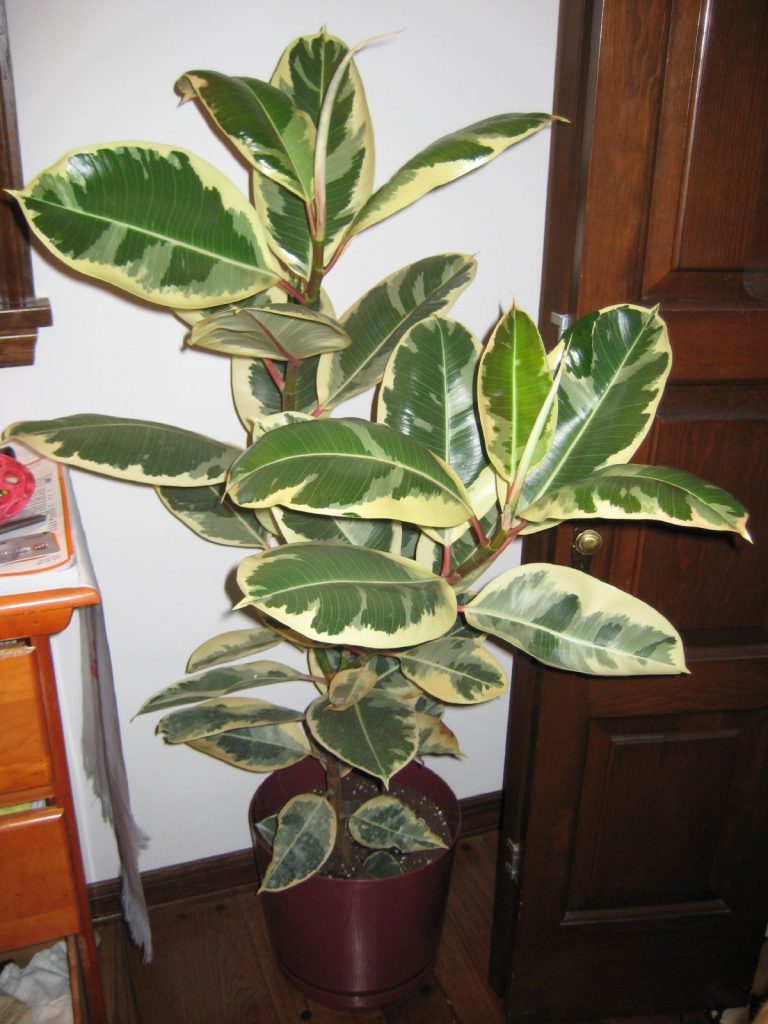
The rubber plants leaves are quite large and have a waxy shiny surface. But its foliage is effective in attracting dust particles and particulate matters. For making it more effective you can haze the plant once a day as it will raise its efficiency to stick dust to its foliage.
3. Ivy
All varieties of ivy can effectively remove dust. For example, the most popular air purifier, English Ivy, not only looks good, but also removes VOCs such as toluene, octane, benzene, and trichloroethylene. Ivy plant in hanging pots to improve the air quality of breathing.
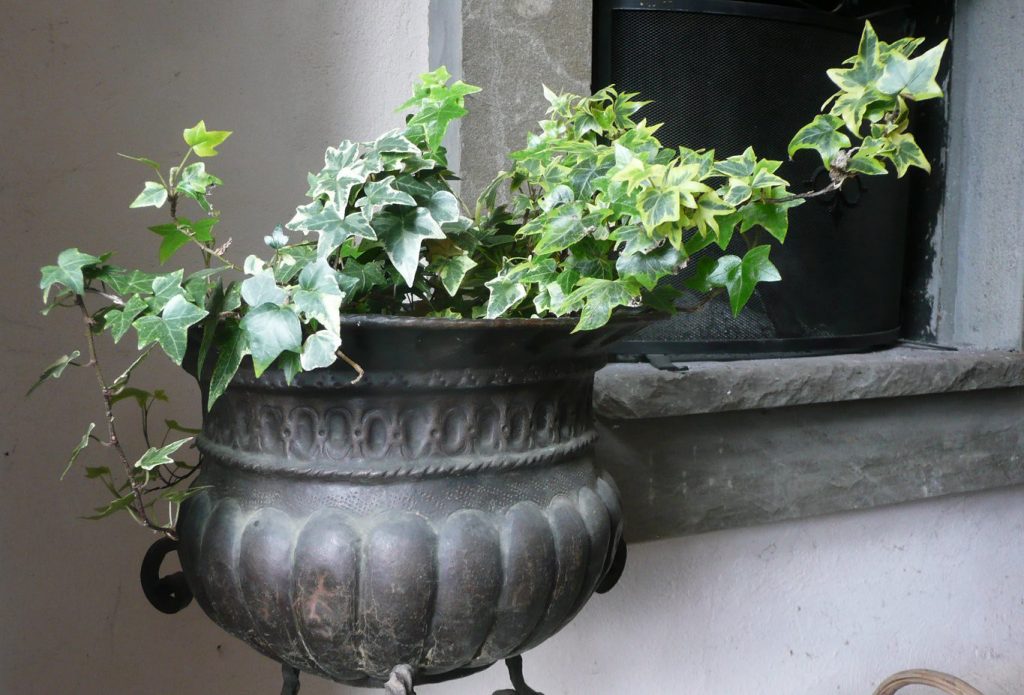
4. Spider Plant
Spider plant is very effective in removing pollutants in the air! According to this article by the National Wildlife Federation, spider plant can remove more than 95% of the toxic substances in the air. Spider plant can also effectively absorb nitrogen dioxide.

5. Peace Lily
According to this study, some VOCs were recorded from the indoor air of participants’ homes, and then formaldehyde and BTEX were quantitatively analyzed in the analysis laboratory of medical college Yonsei University. Lily was able to reduce the indoor benzene concentration from 2.24 to 1.61 µg/m3. In a controlled environment, toluene ranges from 62.02 to 19.27 µg/m3, ethyl benzene ranges from 1.56 to 0.27 µg/m3, and xylene ranges from 2.52 to 0.20 µg/m3.

This plant will absorb mould spores and alternative air pollutants through its shiny leaves. Lily is also very effective in absorbing harmful acetone fumes, which can cause slurred speech, headaches, poor coordination, lethargy and low blood pressure. Put a quiet lily in the big flowerpot in the living room to make it look great.
6. ZZ Plant
From the surroundings the low maintenance houseplants can absorbs harmful air pollutants with the help of dark green leaves which results clean indoor air. If you keep in a small pots looks great and also very easy to maintain.
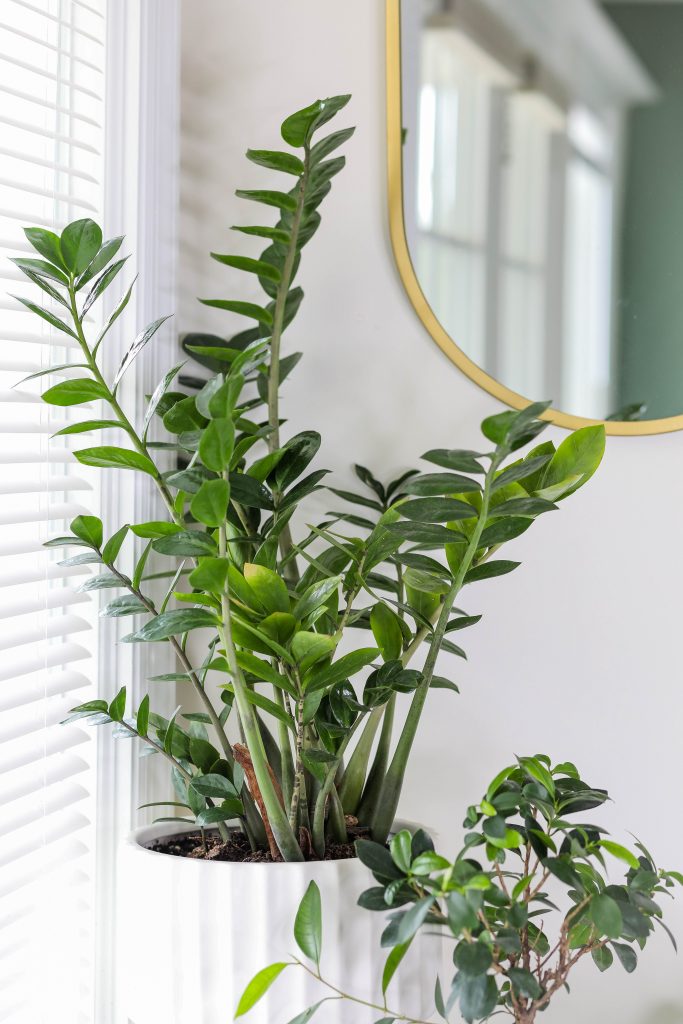
The plants with small waxy and shiny leaves are quite effective in attracting the airborne dust and particulate matter. Place it in the bedroom and mist the leaves once a day to get better results!
Also Read: 15 Healing Houseplants That Can Improve Your Health
7. Bamboo Palm
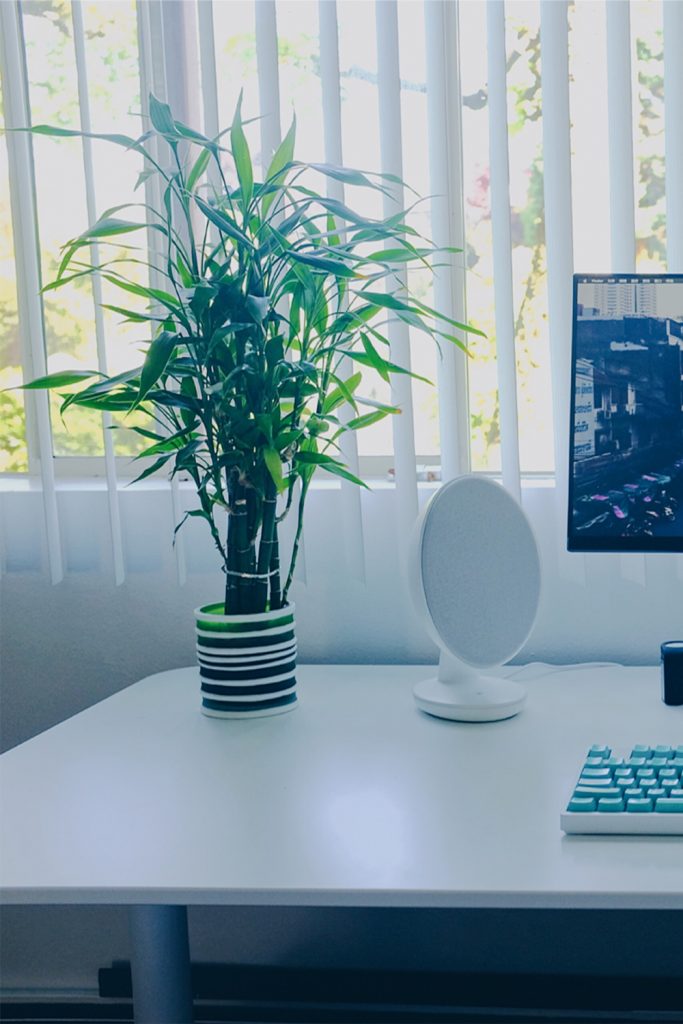
At your home by growing 2 plants around 50 square feet area you can reduce dust and particulate matter. According to PBCST study reports shows that indoors plants such as Rhapis palm, ficus Alii, and bamboo palm can absorbs harmful gases, CO2 and VOCs from the atmosphere.

